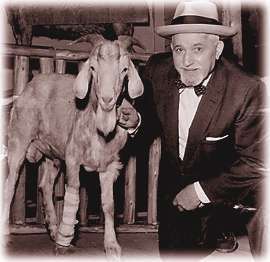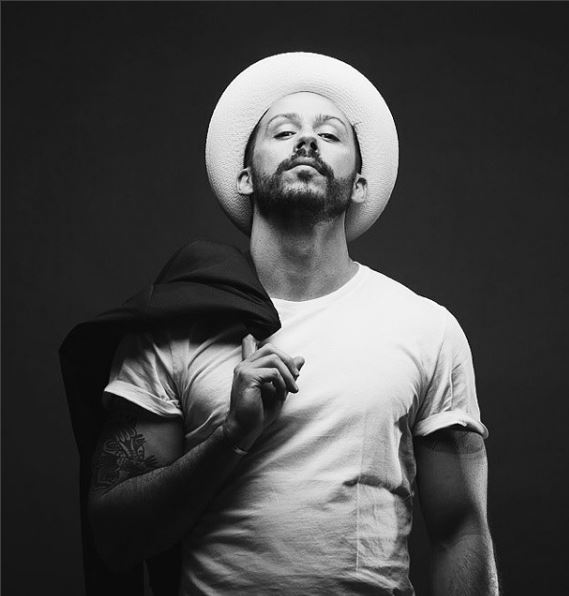Thhese are lean, troubled times for South African rugby.
The just concluded tour of the UK resembles an accident zone with plumes of smoke hanging over the wreckage. We’ve heard much about all the faultlines, from the coach to administration, to transformation, the player drain and broken systems. Everyone has an opinion.
Without knowing precisely what might happen, November 2016 will prove to be a major turning point. When next June rolls around, we’ll know whether the high road or the low road was taken, for that’s when next the Springboks are called to arms.
Given South Africa’s traditional conveyor belt of talent, fuelled by outstanding schools, we are at least assured of dynamic new players coming through. The trick is how best to handle them.
It’s quite obvious that players like Bryan Habana, JP Pietersen and Beast Mtawarira are in their dotage. Others, like Damien De Allende and Rudi Paige, are horribly out of form while Adriaan Strauss checked out months ago.
A new wave of players can help sweep away the debris of 2016. Just consider the possibilities.
 Up front, players like Ox Ntshe, Lizo Gqoboka, Thomas du Toit, Pierre Schoeman and Malcolm Marx are all beginning the climb to elite level. Frans Malherbe, 25, is already there and looks set for a long run at tighthead – provided he can stay injury-free.
Up front, players like Ox Ntshe, Lizo Gqoboka, Thomas du Toit, Pierre Schoeman and Malcolm Marx are all beginning the climb to elite level. Frans Malherbe, 25, is already there and looks set for a long run at tighthead – provided he can stay injury-free.
The lock stocks are outstanding and to Pieter-Steph du Toit, Lood de Jager and Eben Etzebeth can be added the names of Lourens Erasmus, JD Schickerling, Jason Jenkins and RG Snyman. The latter, at 2,06m, is even bigger than Etzebeth and was in the running for the young player of the year prize at the recent SA Rugby awards.
The problem in the backrow isn’t with available talent, but how to properly blend it. The Boks have missed Marcell Coetzee, who is just 25, and have clearly yet to make best use of Jaco Kriel, who is a formidable talent. So too number seven flank Jannes Kirsten, who produced amazing statistics in Super Rugby. Throw in Paul Schoeman and Tim Agaba and the remarkable loose forward depth is confirmed.
Scrumhalf may be the position with the least depth in SA rugby. There are many workmanlike No 9’s all over the place, but star quality is limited beyond Cobus Reinach and Francois Hougaard, who is still just 26. The best bet may lie with Pretoria protégé Embrose Papier, who finishes up at school this year. He’s already played SA under-20 and will soon be making his way in the Blue Bulls. Stefan Ungerer of the Sharks and WP’s Justin Phillips also look highly promising.
Elton Jantjies and Pat Lambie have both regressed in recent months, clearing the way for Handre Pollard (22) to reassert himself as playmaker. Keep a look out, too, for Sharks’ tyro Curwin Bosch.
Not forgetting Damien Willemse of WP, who is tall and big, and also Jaco van der Walt of the Lions, who plays flat and has a big boot.
The omission of Rohan Janse van Rensburg was one of the enduring mysteries of local rugby, thankfully ended by his debut on Saturday. He’s big and strong with good instincts. If anyone can shake up the Bok midfield it’s the Lions brute.
Francois Venter is the coming man at centre and will flourish now that he’s had a taste of Test rugby. Burger Odendaal, 22, and Harold Vorster, 23, are another pair with abundant promise.
Don’t forget that Jesse Kriel scored two tries in a Test against the All Blacks playing at 13, but fullback could yet be his best position.
If pace, attacking skills and awareness are vital attributes for the back three, South Africa is well set with Seabelo Senatla (23), Jamba Ulengo (26), Cheslin Kolbe (23) and Warrick Gelant (21) all in the mix. You suspect that Senatla, in particular, could be a revelation. The reigning world sevens player of the year is a speed merchant with a potent blend of artistry and daring. He brings the sort of energy that has largely been missing from the Boks this year.
The Boks may be broken, but their state needn’t be terminal. The beast can be fired up with these youngsters. – © Sunday Tribune






